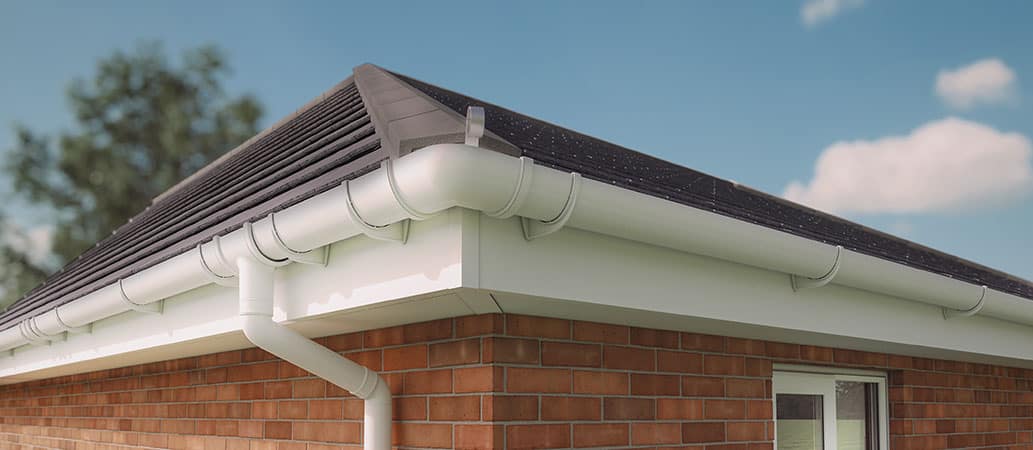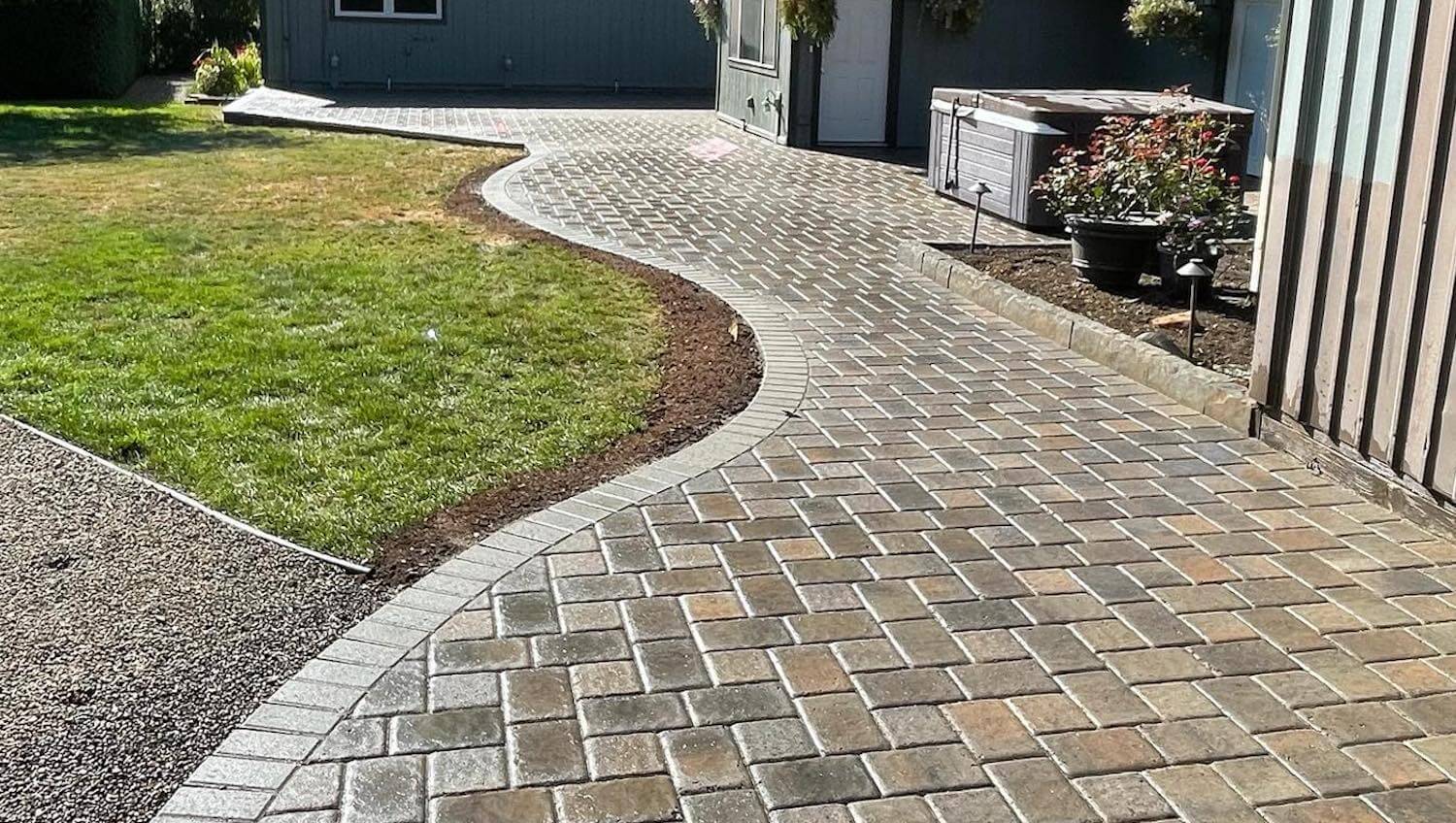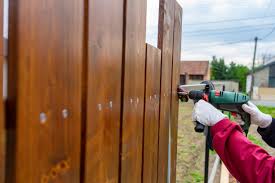Why Fascia and Soffit Are Essential for Your Home
When it comes to maintaining the exterior of your home or business, the importance of fascia and soffit cannot be overlooked. These components play a crucial role in protecting your property from the elements while enhancing its overall curb appeal. Fascia and soffit systems are often hidden from plain sight but serve as vital parts of your roofing structure. In this blog, we will explore the significance of fascia and soffit, their features, and why proper installation and maintenance are essential.
What Are Fascia and Soffit?
Fascia is the long, horizontal board that runs along the edge of the roof, just beneath the roofline. It serves as the trim piece that caps the edge of the rafters, providing a clean, finished appearance. Fascia is also where the gutters are attached, and it plays an important role in supporting the gutters and helping to channel water away from the roof and foundation.
On the other hand, soffit refers to the underside of the eaves, or the horizontal board that runs along the edge of the roofline between the fascia and the walls of the house. Soffits are typically ventilated, allowing for airflow into the attic space to prevent moisture buildup and improve ventilation. This helps to maintain a balanced temperature in the attic and prevent the growth of mold and mildew.
Key Benefits of Fascia and Soffit
1. Protection from Water Damage Fascia and soffit systems work together to protect your property from water damage. Fascia supports the gutters, ensuring that rainwater is properly channeled away from your roof, walls, and foundation. Without fascia and soffit, water could accumulate and seep into the attic or walls, leading to structural damage and costly repairs. Soffits also help prevent water from entering the attic by allowing airflow, which prevents moisture buildup that could damage your insulation and wooden beams.
2. Improved Ventilation One of the primary functions of the soffit is to provide ventilation for your attic space. The ventilation in soffits helps maintain a cool attic in the summer and prevents warm air from building up in the winter. Proper attic ventilation is key to preventing ice dams from forming, which can cause significant damage to the roof and gutter system. By allowing proper airflow, soffits help regulate the temperature inside your home and contribute to the overall energy efficiency of your property.
3. Aesthetic Appeal Fascia and soffit systems are not just functional; they also enhance the appearance of your home or business. The fascia provides a clean, finished look along the roofline, making your property appear well-maintained and polished. Soffits, while often less visible, can also improve the overall aesthetic of your eaves, especially when properly ventilated and installed. Available in a variety of materials, colors, and styles, fascia and soffit systems can be customized to complement your home’s architectural design.
4. Protection from Pests Soffits and fascia act as barriers to keep pests from entering your home. Without soffits, there could be open gaps that allow birds, insects, and rodents to nest in the attic. By installing soffits and fascia correctly, you can prevent these unwanted guests from getting into your home and causing damage to your insulation or structure.
5. Prevents Rot and Moisture Damage Both fascia and soffit are exposed to the elements, making them susceptible to water damage if not properly maintained. Without proper ventilation in the soffit, moisture can build up in the attic and cause wood rot. Similarly, damaged fascia can allow water to seep into the roof structure. Installing fascia and soffit systems correctly and regularly maintaining them can prevent the buildup of moisture and extend the life of your roof and attic.
6. Energy Efficiency A properly ventilated attic, made possible by soffits, can improve the energy efficiency of your home. When the attic remains cool in the summer and properly insulated in the winter, it helps regulate your home’s overall temperature. This can reduce the need for heating and cooling, lowering your utility bills and making your home more energy-efficient.













